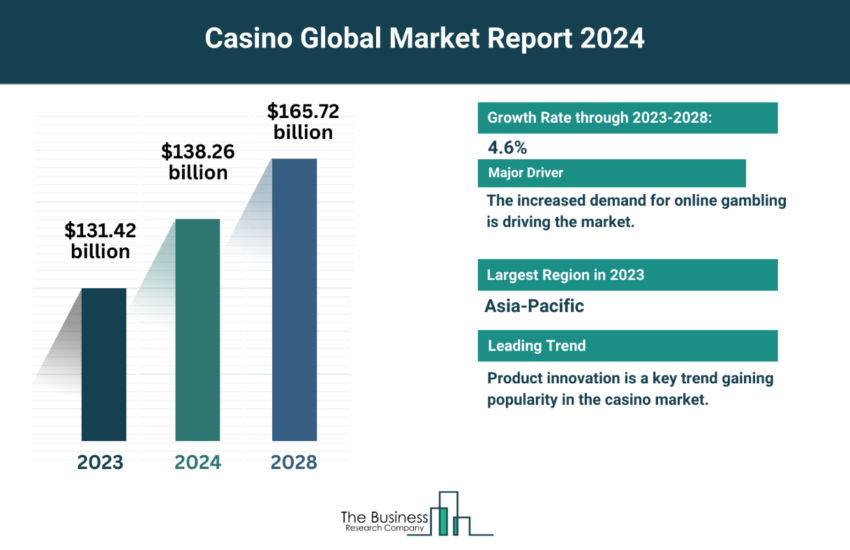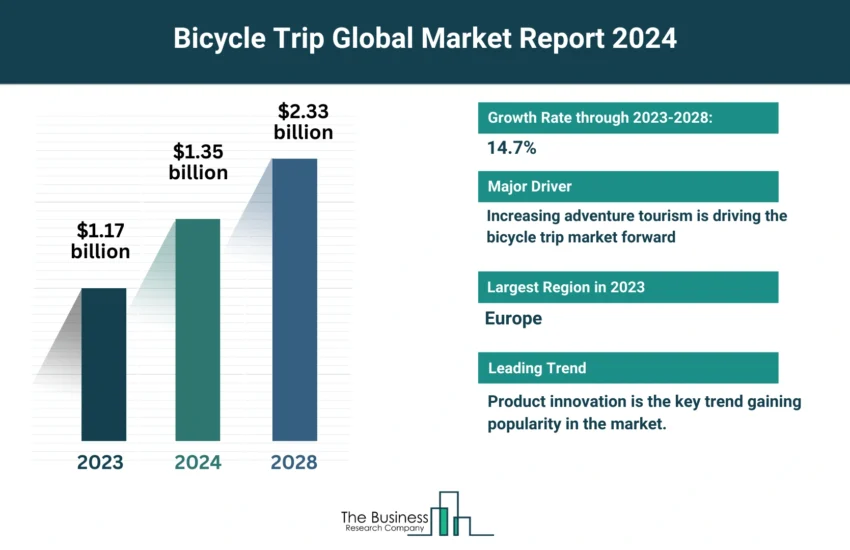Theme Park Visitors Are More Likely To Be Millennials And Prefer AI/Mobile Application Systems
A theme park is an area for public entertainment with rides, games and restaurants that are based on a certain theme such as Mickey Mouse, Star Wars, Cars (movie) and Winnie the Pooh. Examples of theme parks include M&Ds, Lanarkshire, and Thorpe Park, Surrey, in the UK. According to the Morning Consult survey in 2018, in the USA, both millennial parents (78%) and millennials without children (75%) are more likely to visit parks than other age groups. Millennials are willing to spend more to visit parks as they grew up going to the theme parks and still view them as an attractive vacation destination. 62% of millennial parents and 65% of childless millennials believe that a theme park is a good value for the price, compared to 50% of other age group parents.
According to the same survey, 78% of millennial parents were more interested in going to a theme park while 59% of other age group parents did not show an interest to visit. Millennials are appreciating the commercialized nostalgia in many theme parks.
Theme parks was the largest segment of the global amusement parks and arcades market, accounting for more than 81% of the total share in 2018. The other two segments of the market, water parks and amusement arcades, together held the remaining share. The largest market size of theme parks can be attributed to the volume of the fan following base attending theme parks, global expansion of international amusement parks and arcades chains focusing on the development of theme parks, and government investments. The theme parks market will also grow the fastest to 2022, due to government investments towards development of theme parks worldwide.

According to a survey conducted by Omnico in 2018, 85% visitors across the US, the UK, China, Japan, and Malaysia want theme parks to use AI (artificial intelligence) to confirm their identities. 32% of visitors across the five countries chose fingertip recognition as it is the most popular individual method. About 92% of Chinese visitors prefer the use of AI systems which help in recognizing people using physical features, eliminating the inconvenience caused to the visitors in theme parks. 41% of Chinese visitors preferred facial recognition whereas 15% favored palm-recognition.
According to a survey conducted on theme parks visitors in Japan and Malaysia by Omnico in 2018, 91% of visitors prefer a mobile application to detour the queues and purchase fast-track passes with specific timeslots, and 89% prefer buying entry tickets through these applications. 88% of visitors prefer pre-booking fast-track ride passes, and 85% of Malaysian and 61% of Japanese theme parks visitors prefer using pre-paid cashless wristbands for convenience.
According to the same survey, 70% of visitors in Malaysia and 53% in Japan expect to experience virtual reality (VR) in the next three years. Moreover, 42% of Malaysians and 25% of Japanese visitors are expecting Siri-type personal digital assistants to feature in theme parks.



